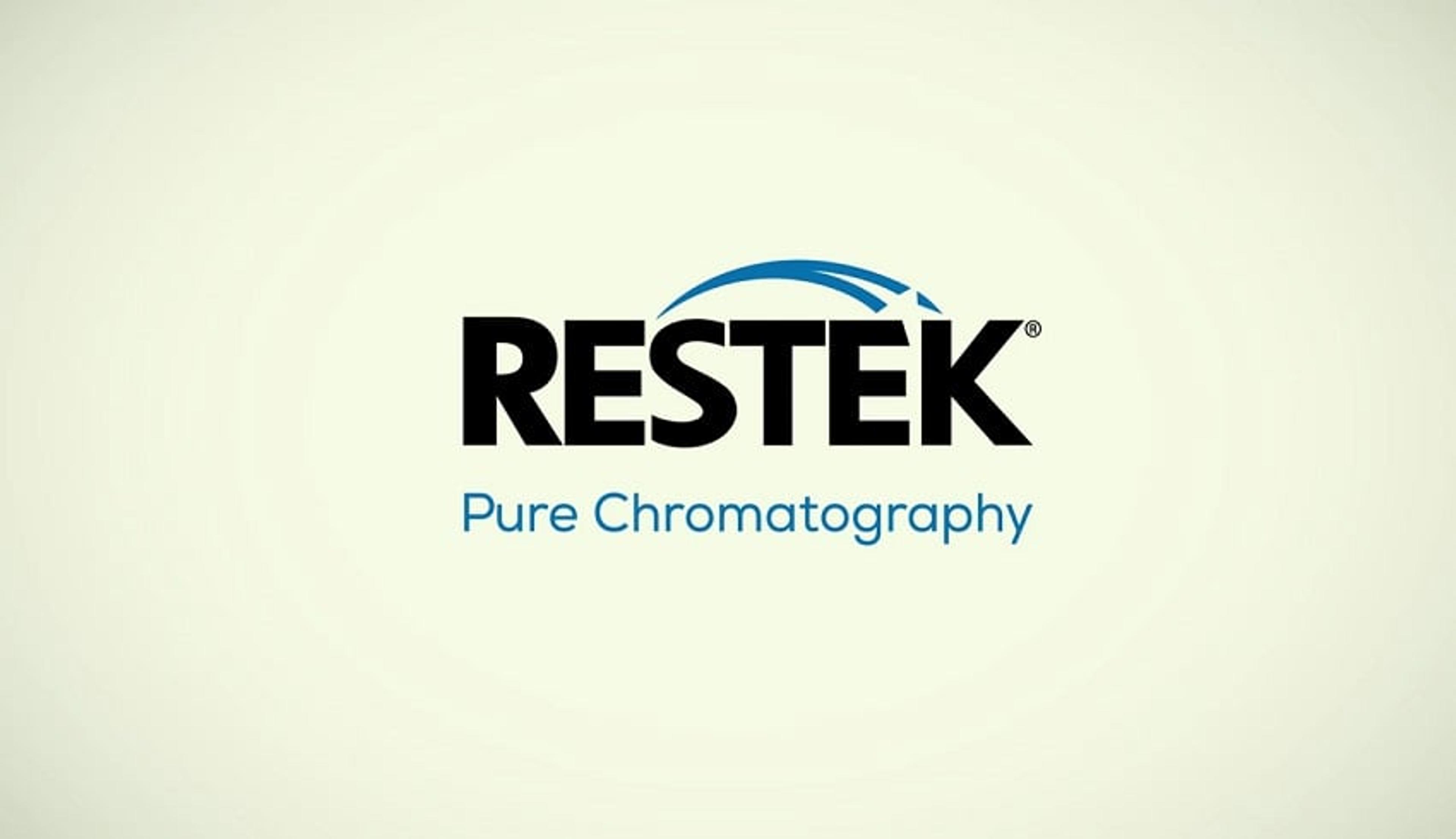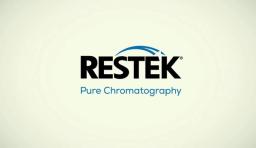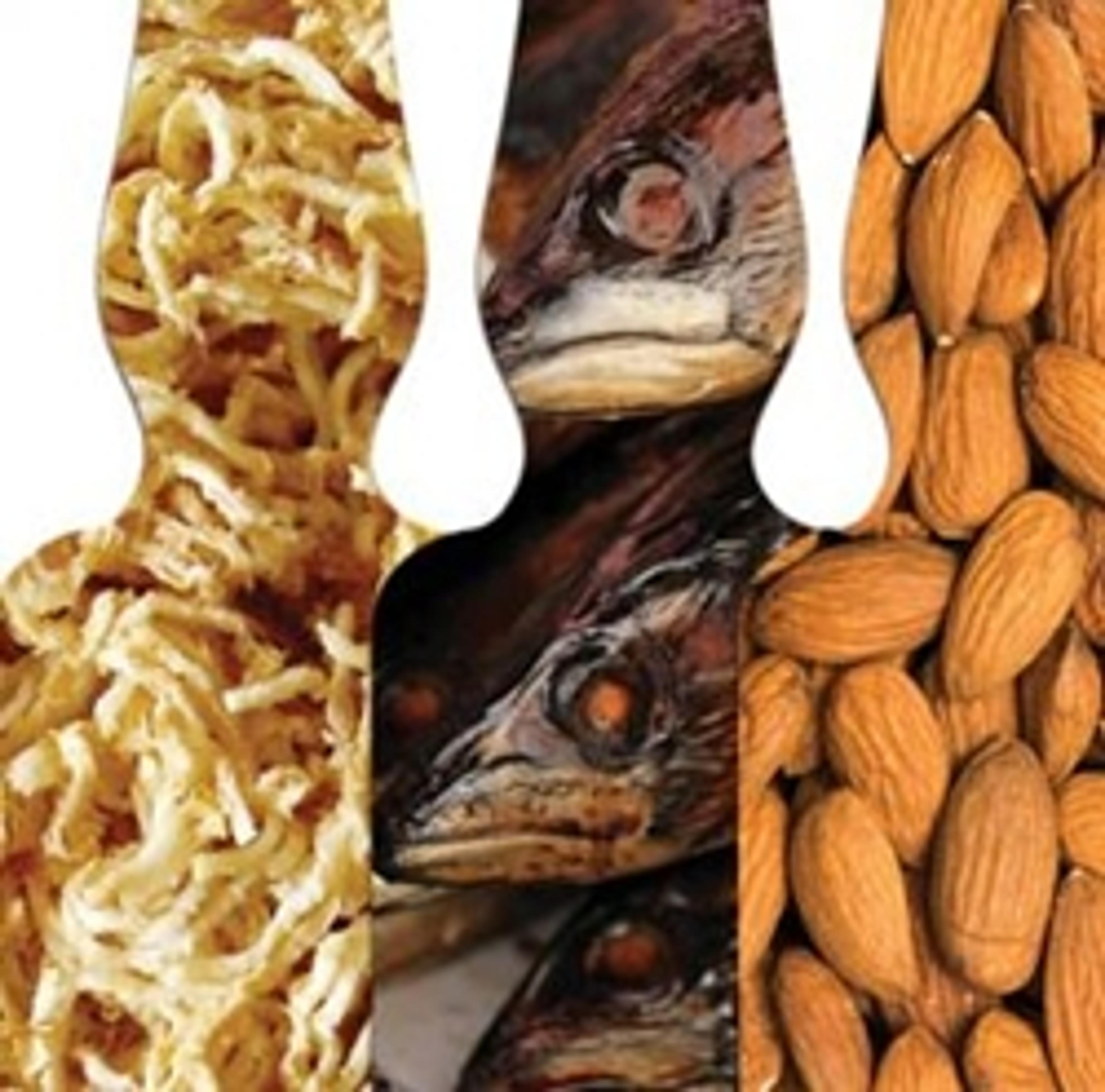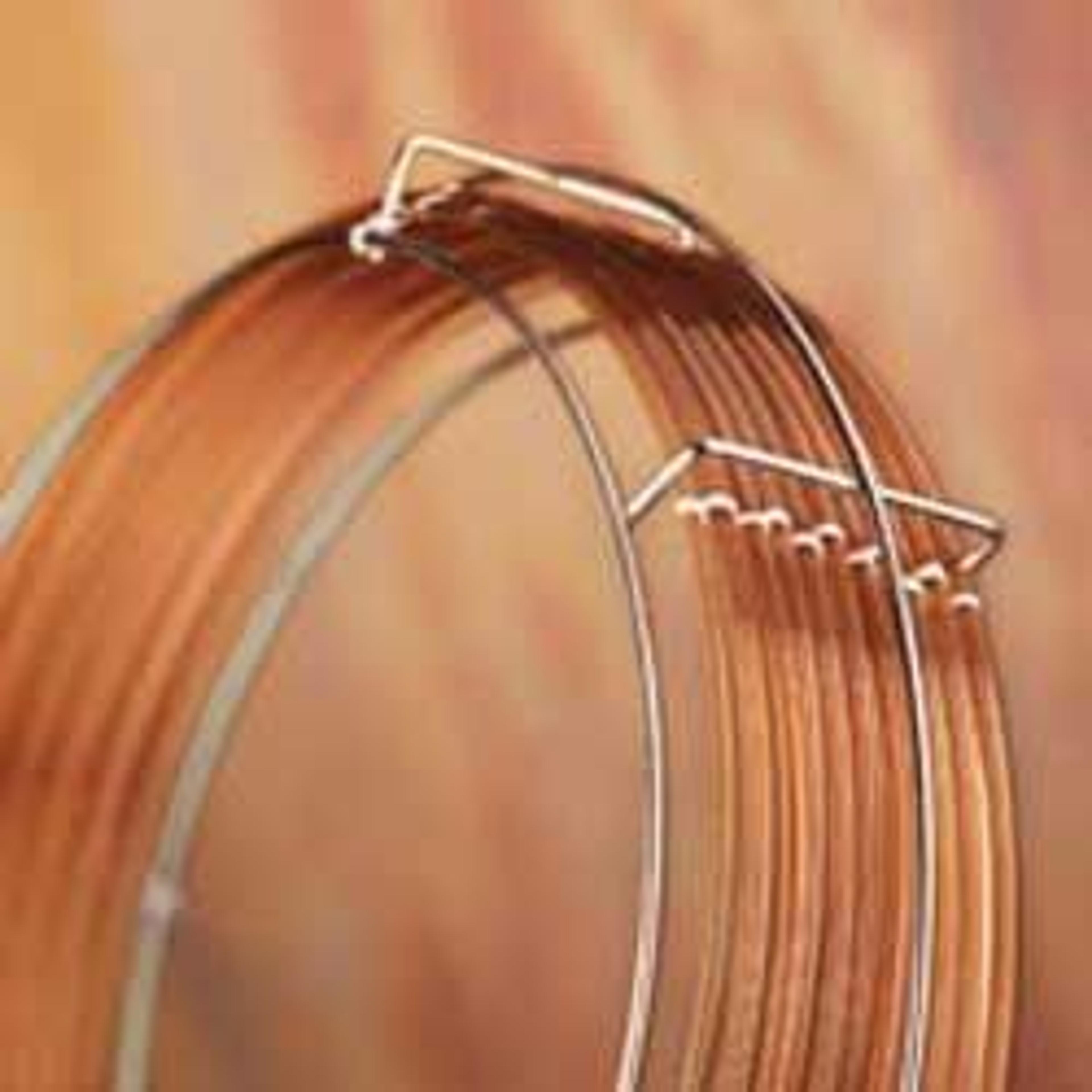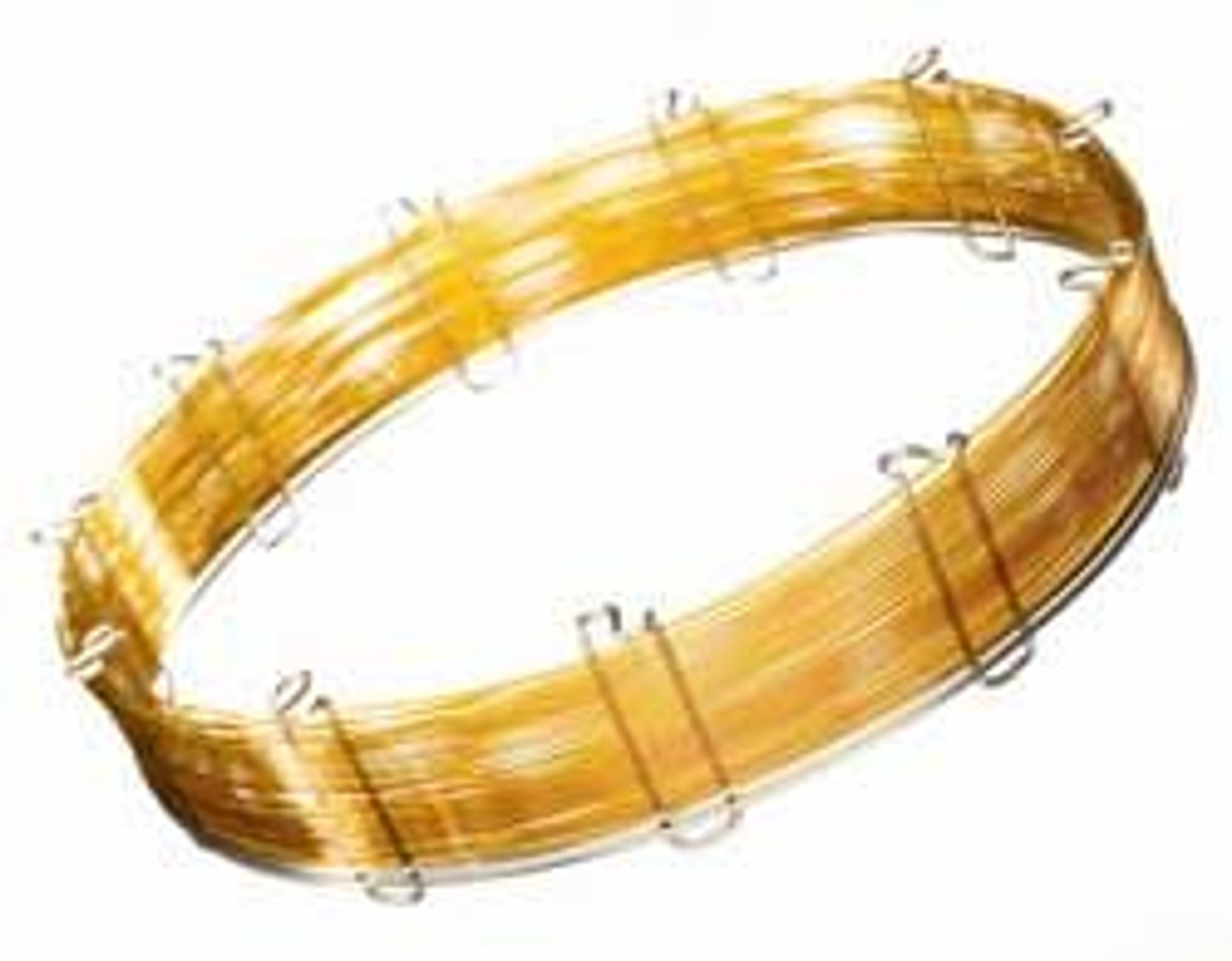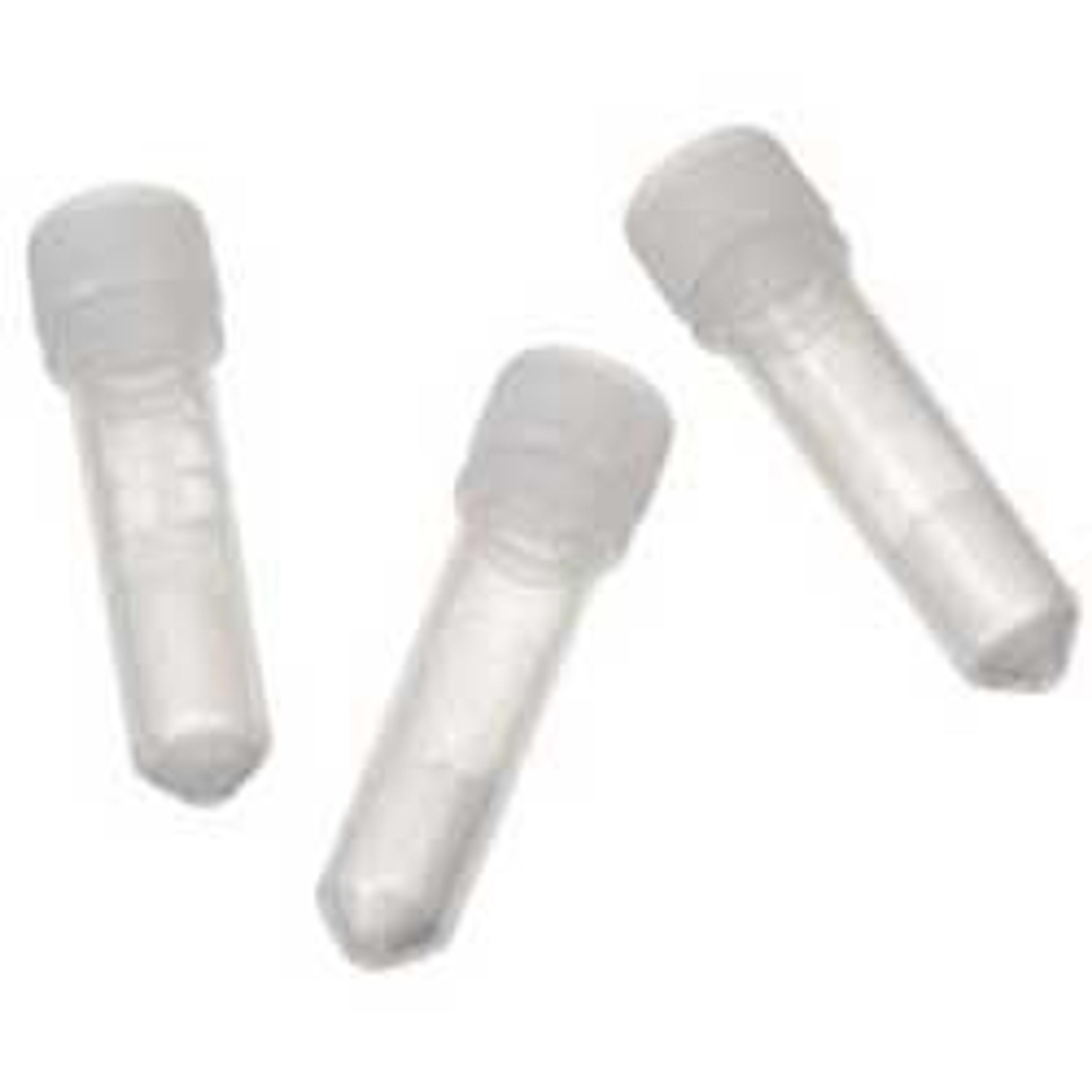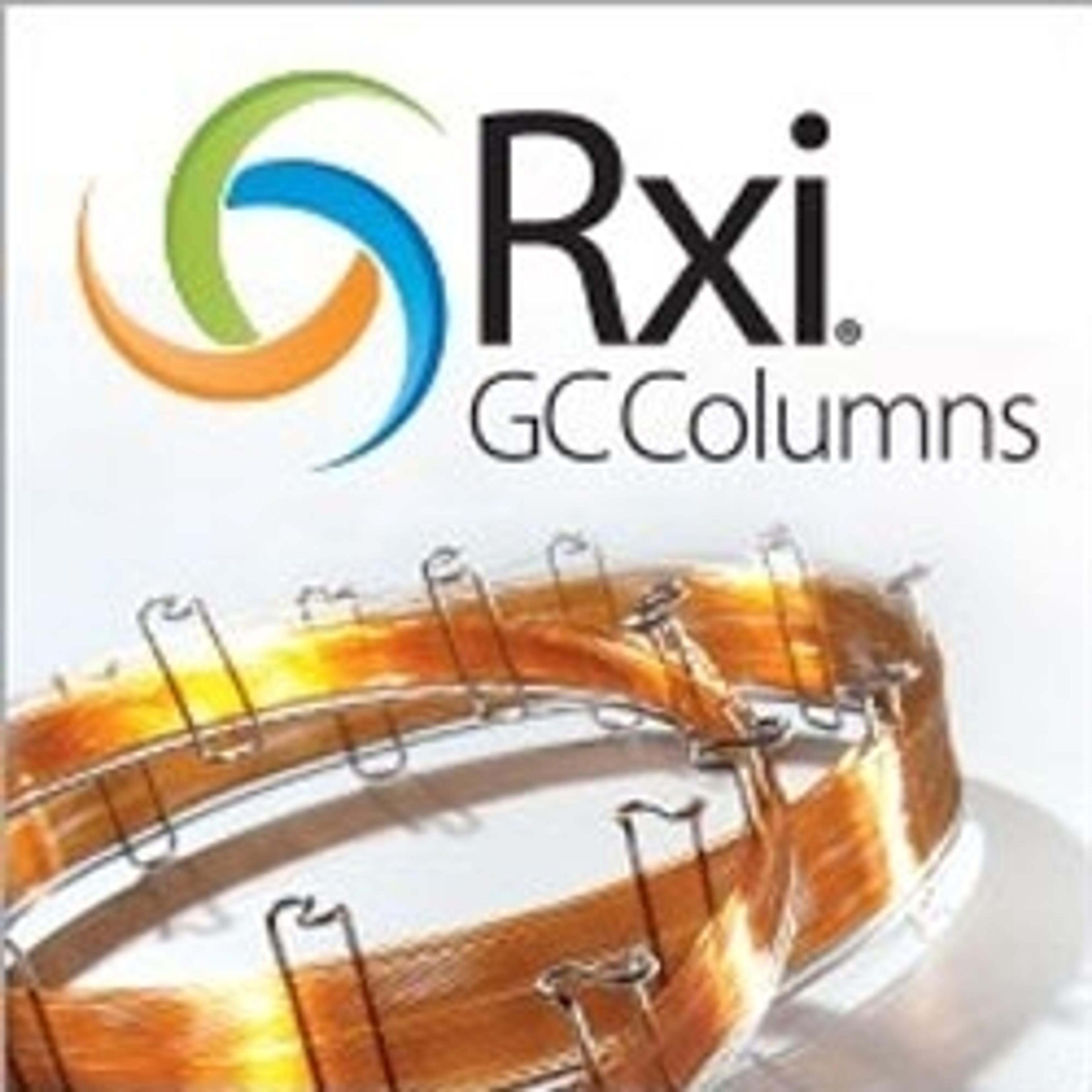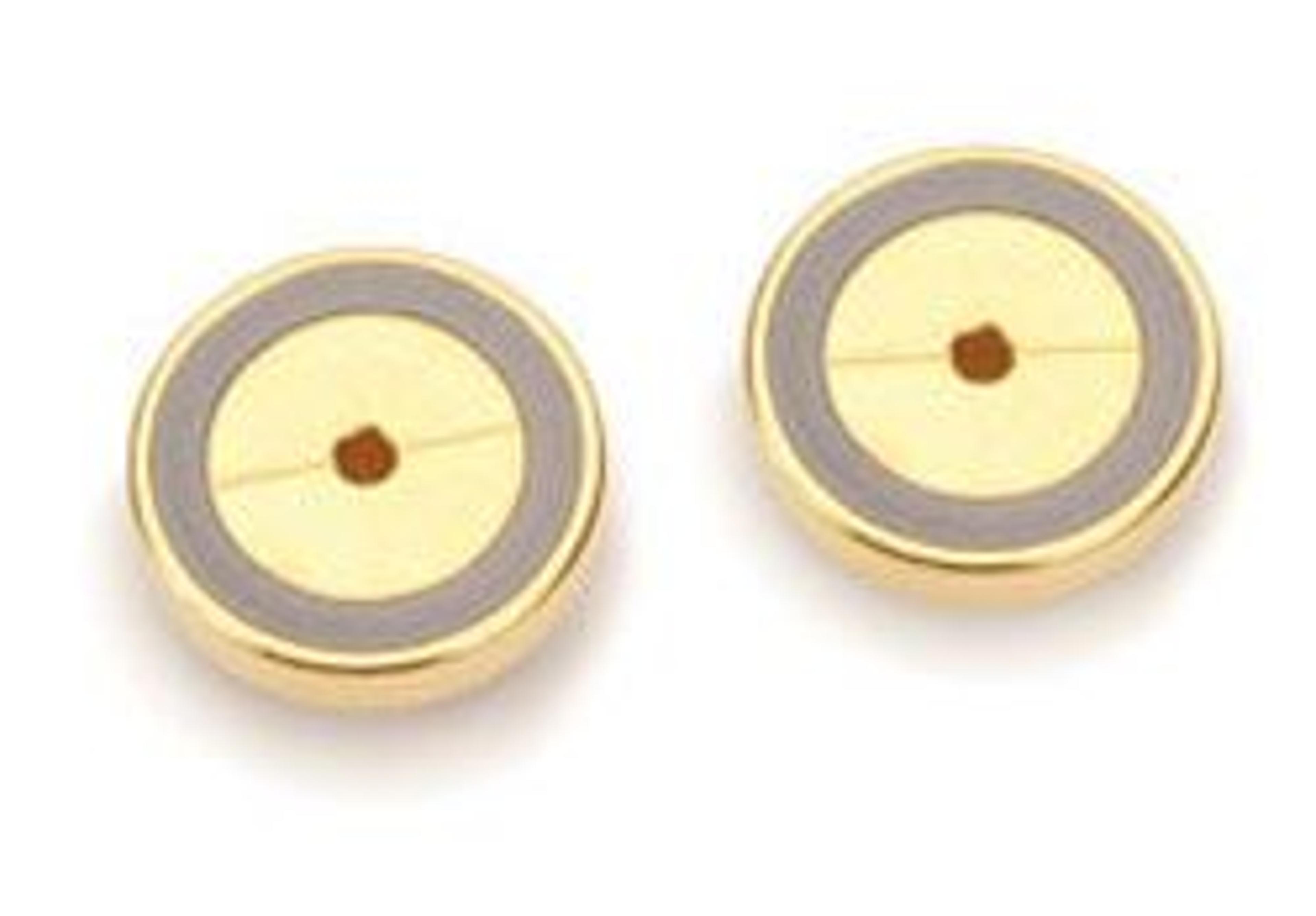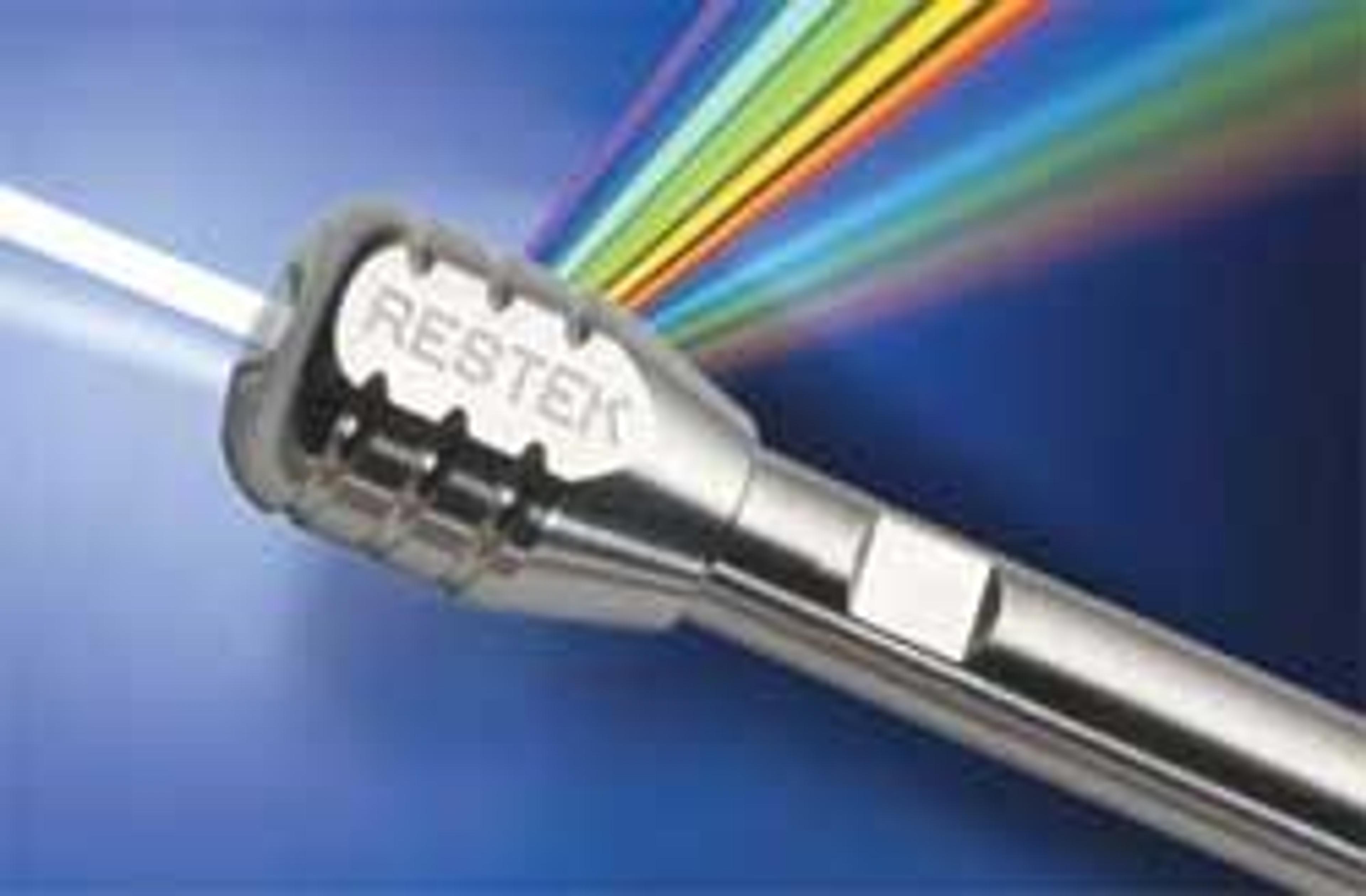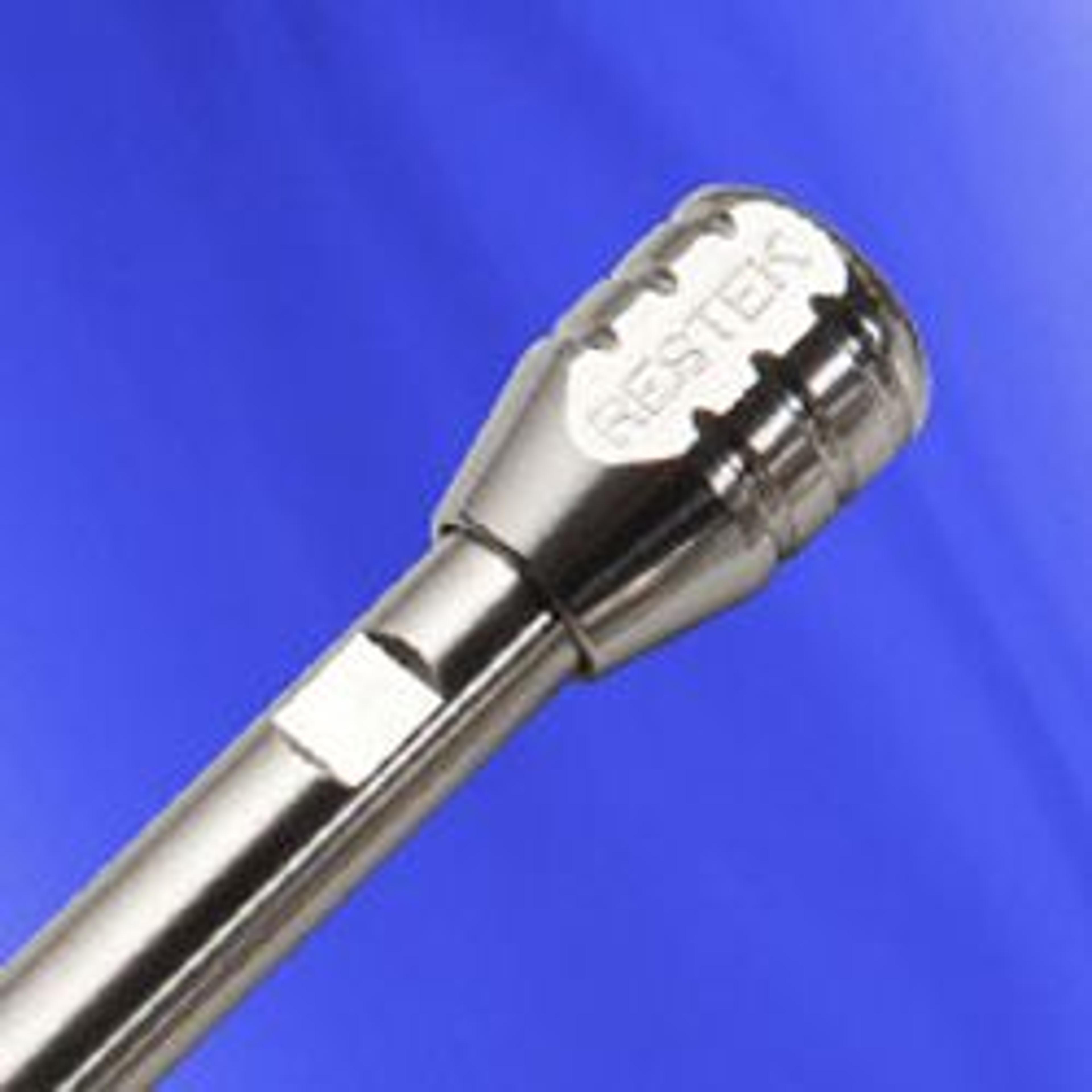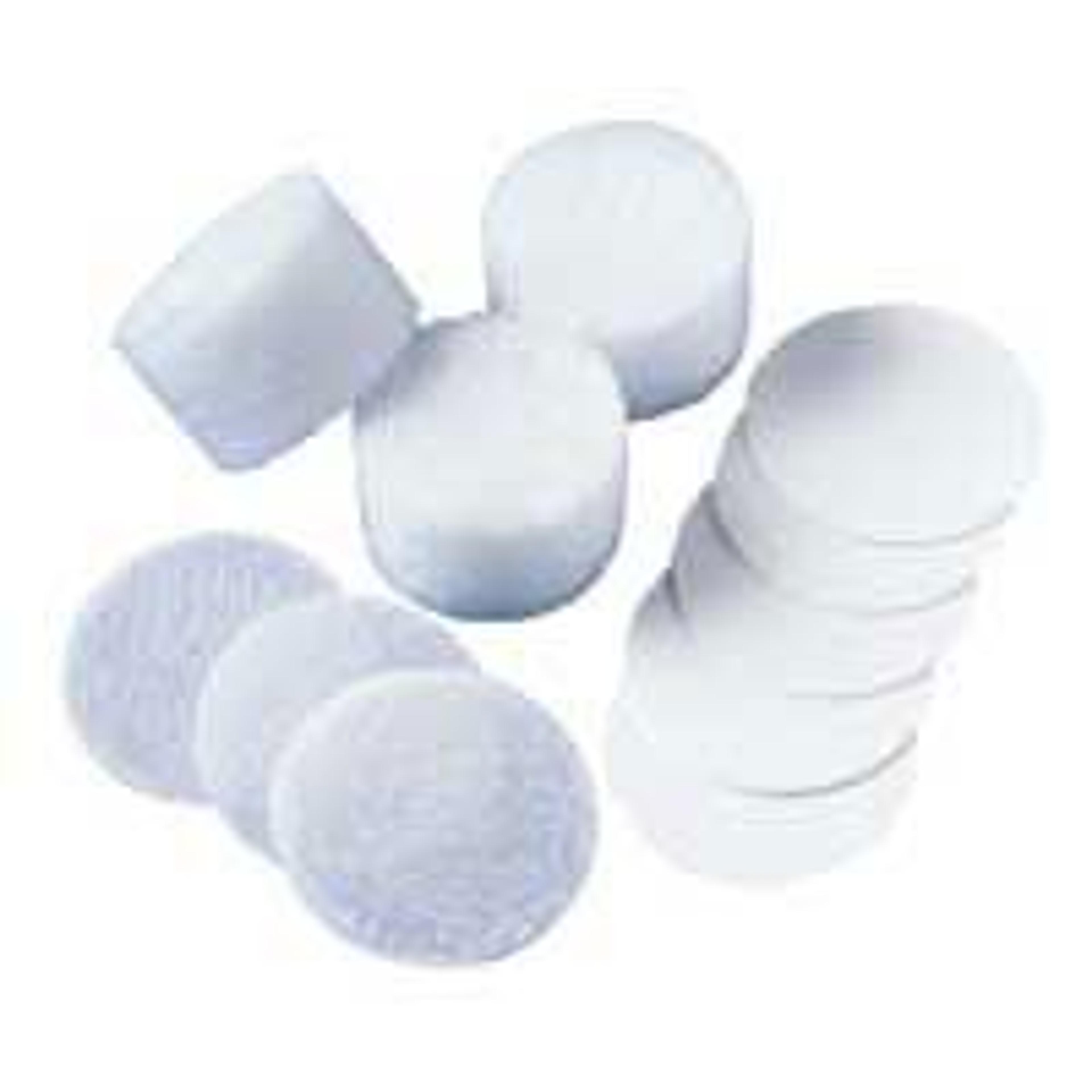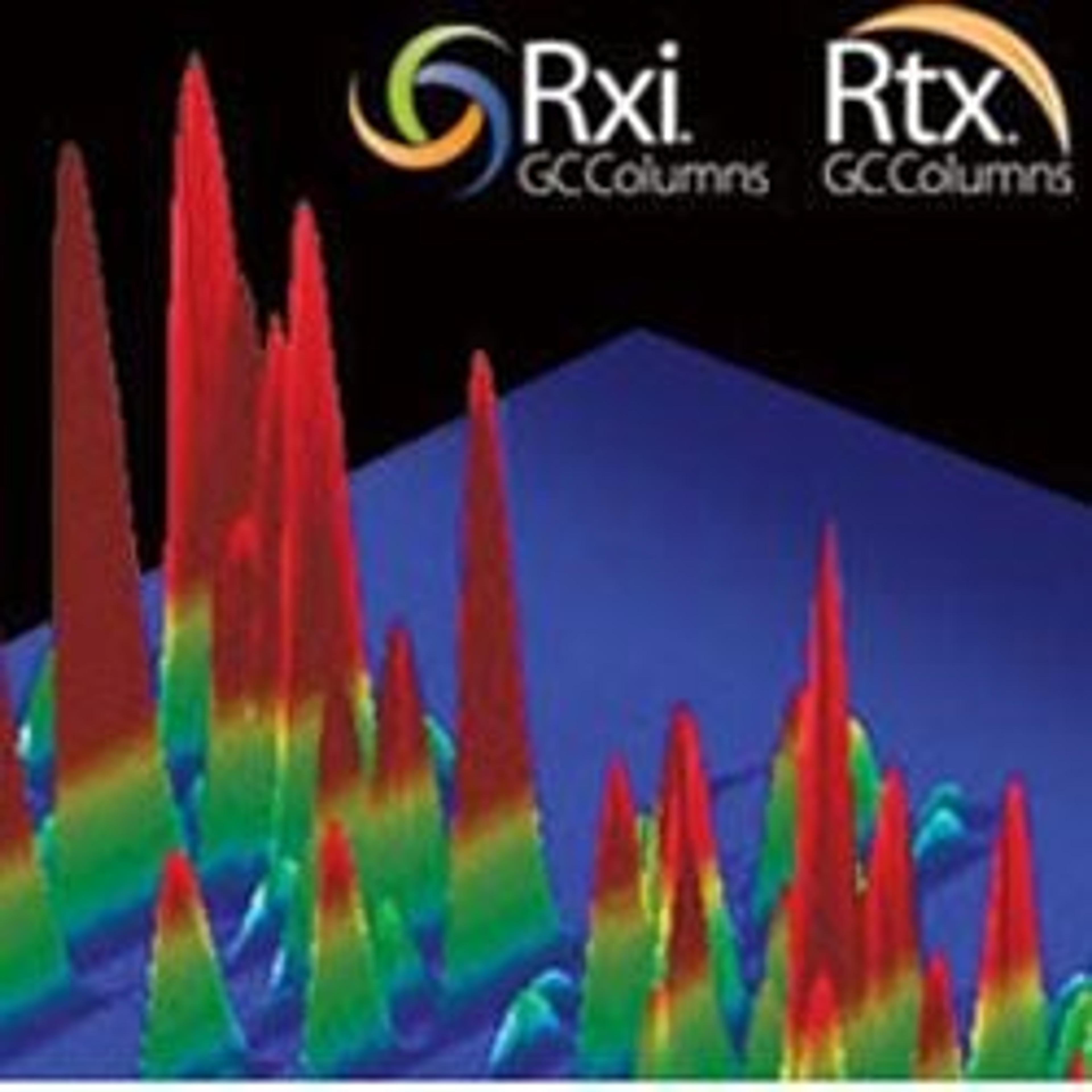Rxi®-PAH Columns
The Rxi®-PAH GC columns were designed by Restek with a higher phenyl-content stationary phase that provides unique selectivity to separate important polycyclic aromatic hydrocarbons (PAH) for food safety that cannot be distinguished by mass spectrometry. Even difficult priority compounds, such as the European Food Safety Authority (EFSA) PAH4, are easily separated and accurately quantified, results that cannot be achieved on…
Great! Would not go back to our old column!
PAH Analysis
The column performs as advertized. Separation is good and peak tailing is minimal. The need change or trim the column is greatly reduced meaning less downtime and less money spent on new columns.
Review Date: 14 May 2021 | Restek Corp.
The best column to analyze large mixtures of PAHs.
Analyze PAHs in cookstove emissions
I was tasked to do all of the GC-MS analysis for a new project looking at cookstove emissions in Rwanda, and I have never analyzed smoke emissions before with high levels of PAHs. I knew based on limited research that I could not effectively separate most PAHs with my standard reversed-phase 30m columns so I phoned Restek and purchased a 40m x 0.18mm x 0.07 um column. After months fruitlessly trying to get it to work, I gave up. The diameter and particle size for this column was too much pressure for my GC-MS, and I could never analyze consistently. I decided to switch to this 60m x 0.25mm x 0.10 um knowing it would be a longer analysis time but it shouldn't have a crazy high inlet pressure. Almost instantly all of the problems I was having with the 40m column were solved. With a little tinkering from the Restek literature methods, I was able to produce very sensitive standard curves for the EPA-16 PAHs within a few days of buying the column. At this point I've bought at least 6 of these columns over the last 4 years of the project. On average I get about 400 sample runs before the bleed is too high and I throw them out. But that actually is impressive. Each of my runs are 65-min methods with a bake time of 20-min at 350C. With those harsh conditions, combined with smoke extract, you'd expect the column to get nasty quickly. But I find it maintains its flexibility very well over months of running, and it holds up far better than the Rxi guard columns I concomitantly use with a temperature rating of 350C. Typically I go through 2 guard columns when I use one of these. The only tricky m/z to separate is 252.0, but that was expected based on Restek literature. Everything else works great. The only time I've ever had significant breakdown of the column lining is when the guard snapped at the beginning of an overnight run, so the regular column was exposed to air at high temperatures for 16 hours. I highly recommend this column for PAH analysis, and if you are using cleaner samples my guess is you'll average over 500 samples per column. I also do not recommend taking a chance on the 40m column unless you have a much newer GC-MS that can handle higher pressures. Both of my GC-MS's were purchased in the early 2000s and the inlets have a difficult time with the 40m column at temperatures above 320C at 1 mL/min flow.
Review Date: 14 Dec 2019 | Restek Corp.
The Rxi®-PAH GC columns were designed by Restek with a higher phenyl-content stationary phase that provides unique selectivity to separate important polycyclic aromatic hydrocarbons (PAH) for food safety that cannot be distinguished by mass spectrometry.
Even difficult priority compounds, such as the European Food Safety Authority (EFSA) PAH4, are easily separated and accurately quantified, results that cannot be achieved on typical GC columns.
Arylene modification and surface bonding of the stationary phase increase thermal stability and ruggedness so relatively nonvolatile, higher molecular weight PAHs can be analyzed routinely without interference from column bleed.
Excellent column efficiency means that the column can be trimmed for maintenance purposes many times without losing critical PAH separations, including those that are part of environmental methods, as well as food safety testing. The selectivity and efficiency of the Rxi®-PAH column make it ideal for EFSA PAH4 analysis; chrysene/triphenylene separation and resolution of all benzofluoranthenes are easily achieved.
Features:
- Ideal for EFSA PAH4 analysis—separates all priority compounds: benz[a]anthracene, chrysene, benzo[b]fluoranthene, and benzo[a]pyrene.
- Best resolution of chrysene from interfering PAHs, triphenylene, and cyclopenta[cd]pyrene.
- Complete separation of benzo [b], [k], [ j], and [a] fluoranthenes.
- 360 °C thermal stability allows analysis of low volatility dibenzo pyrenes.


